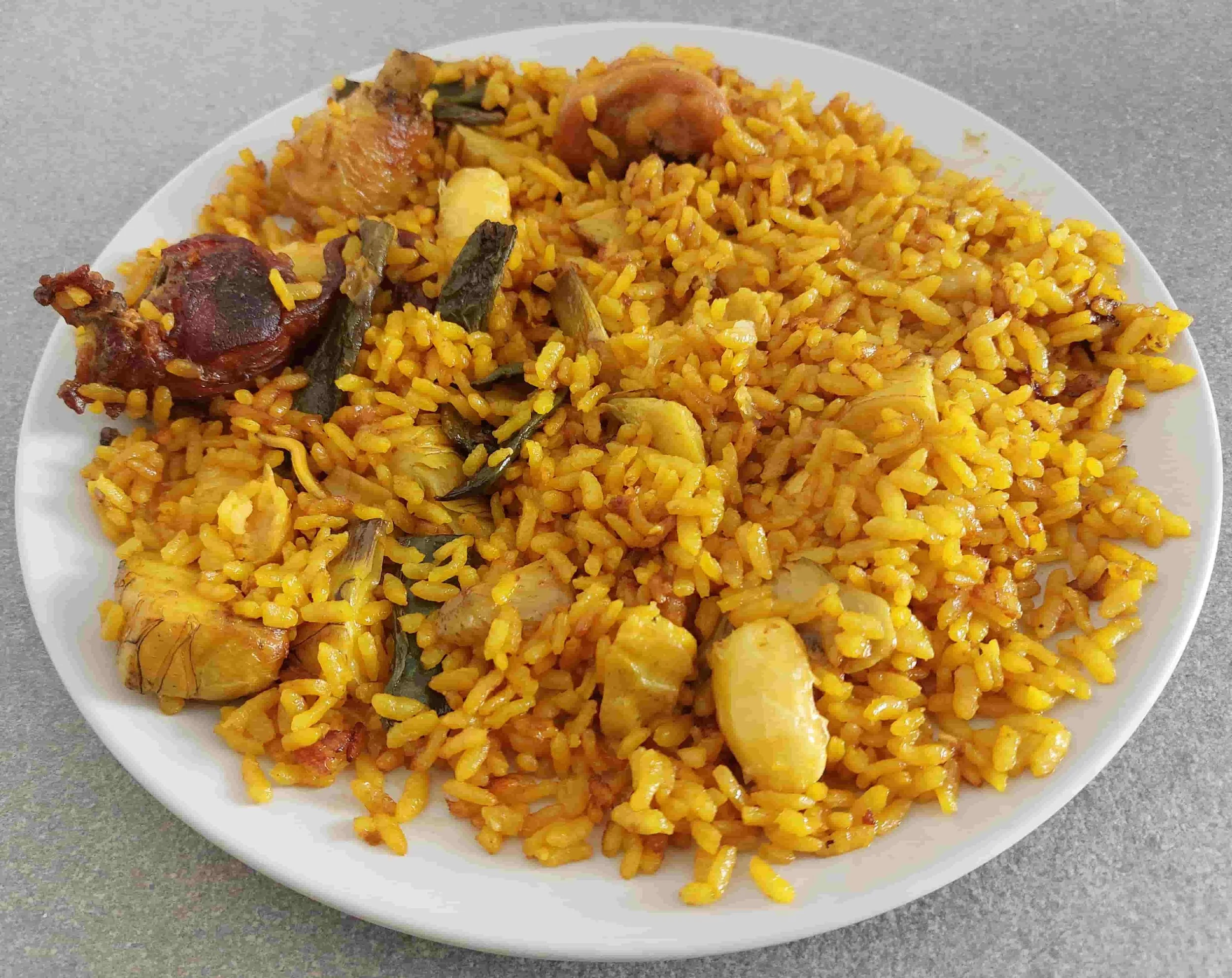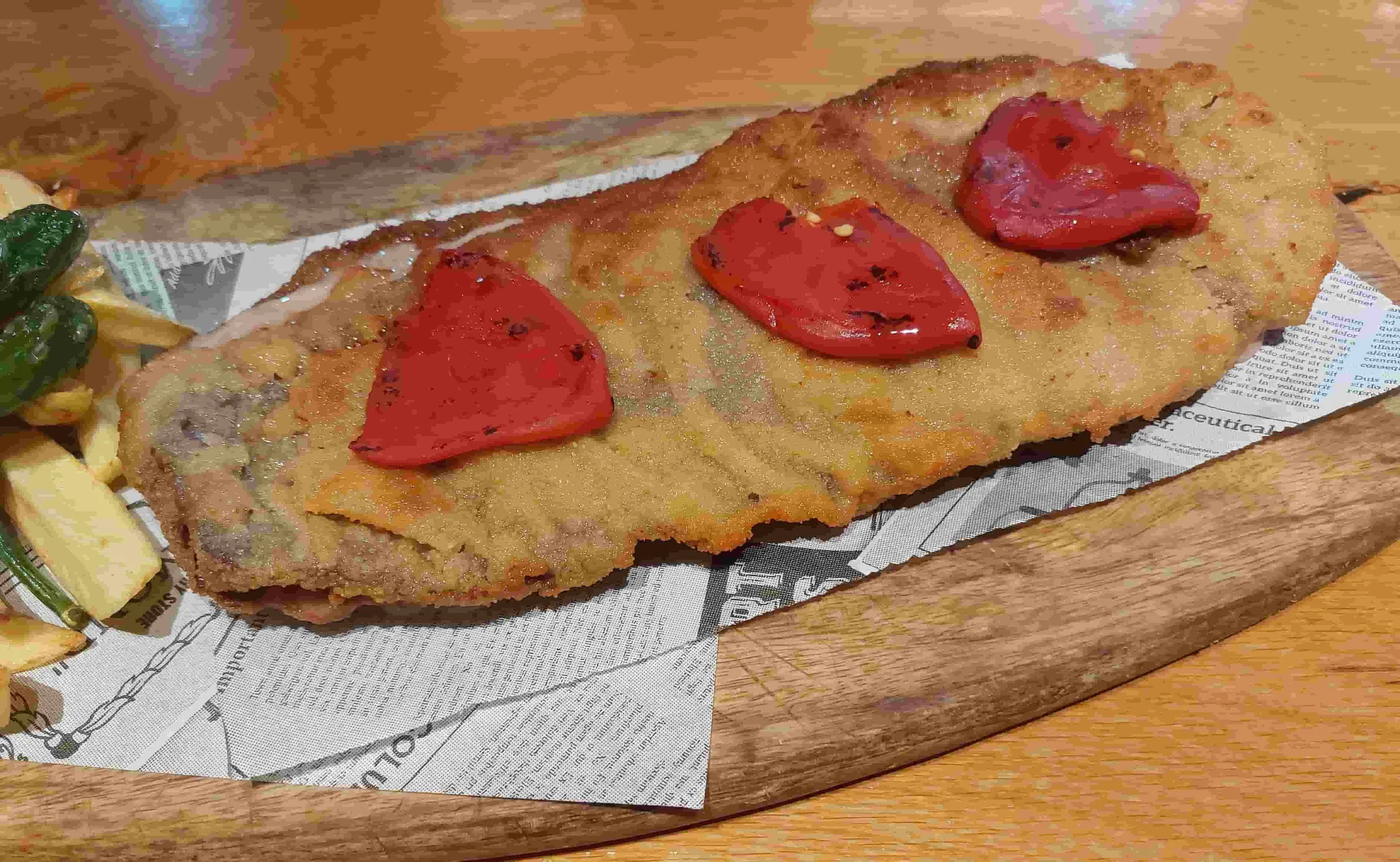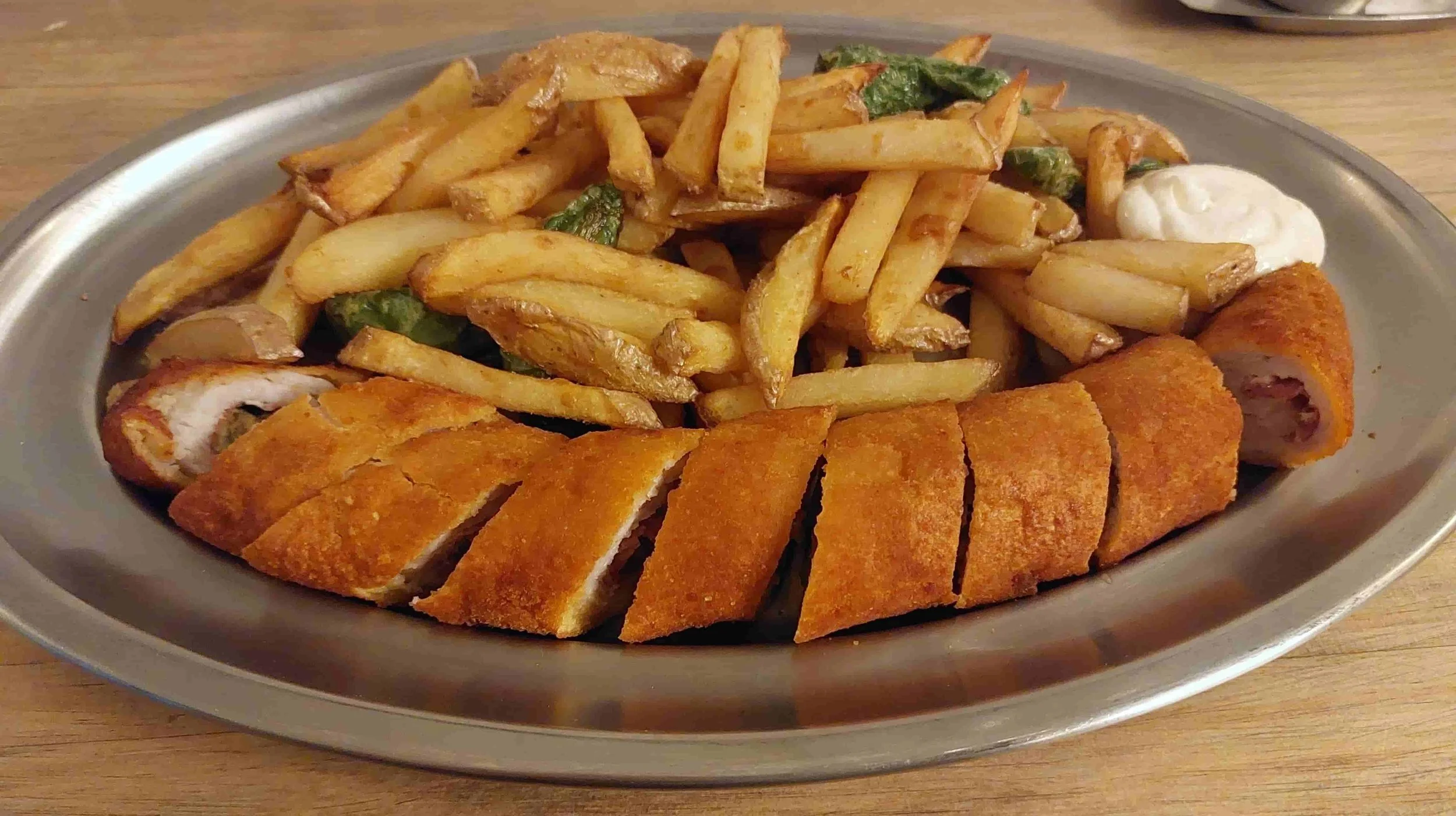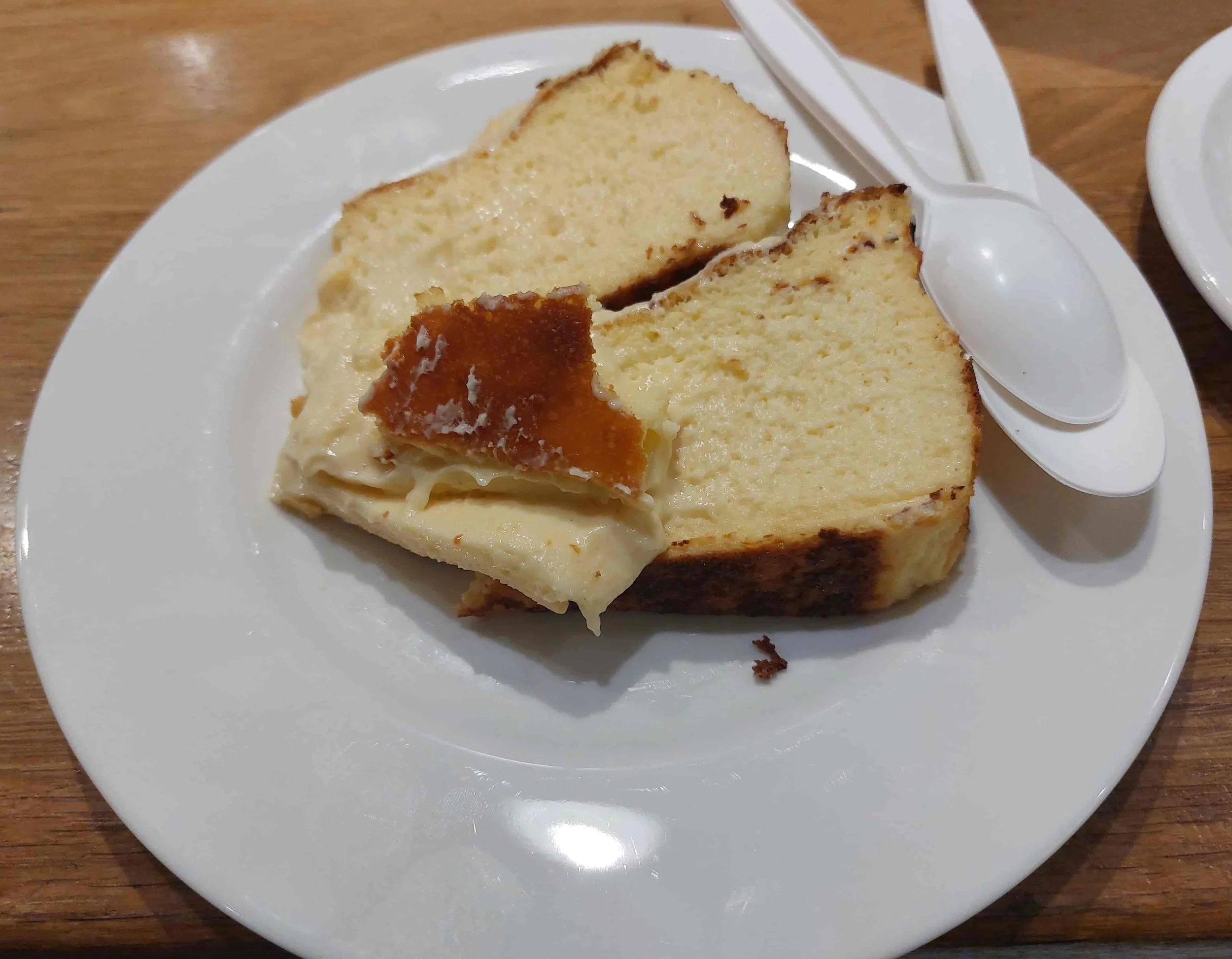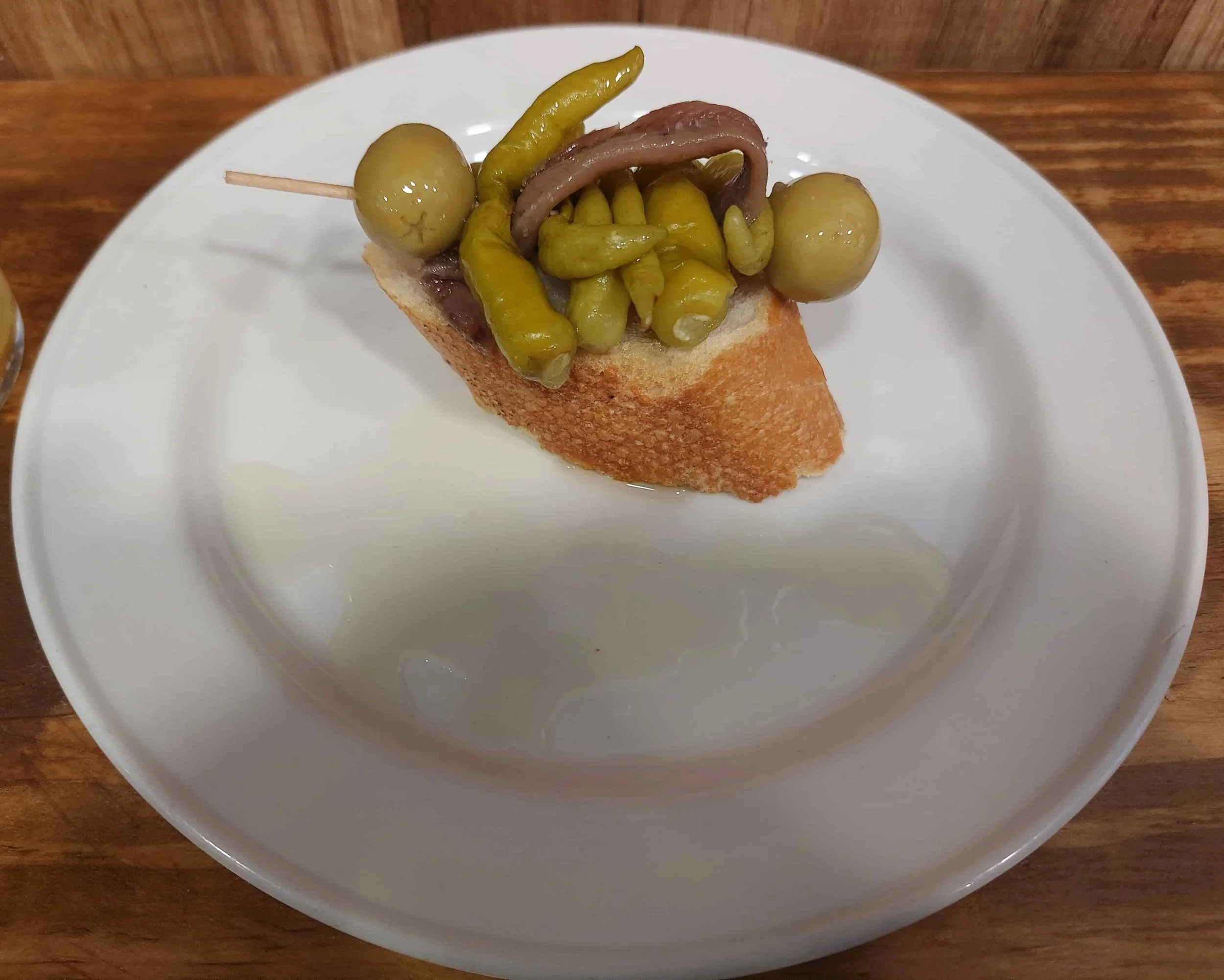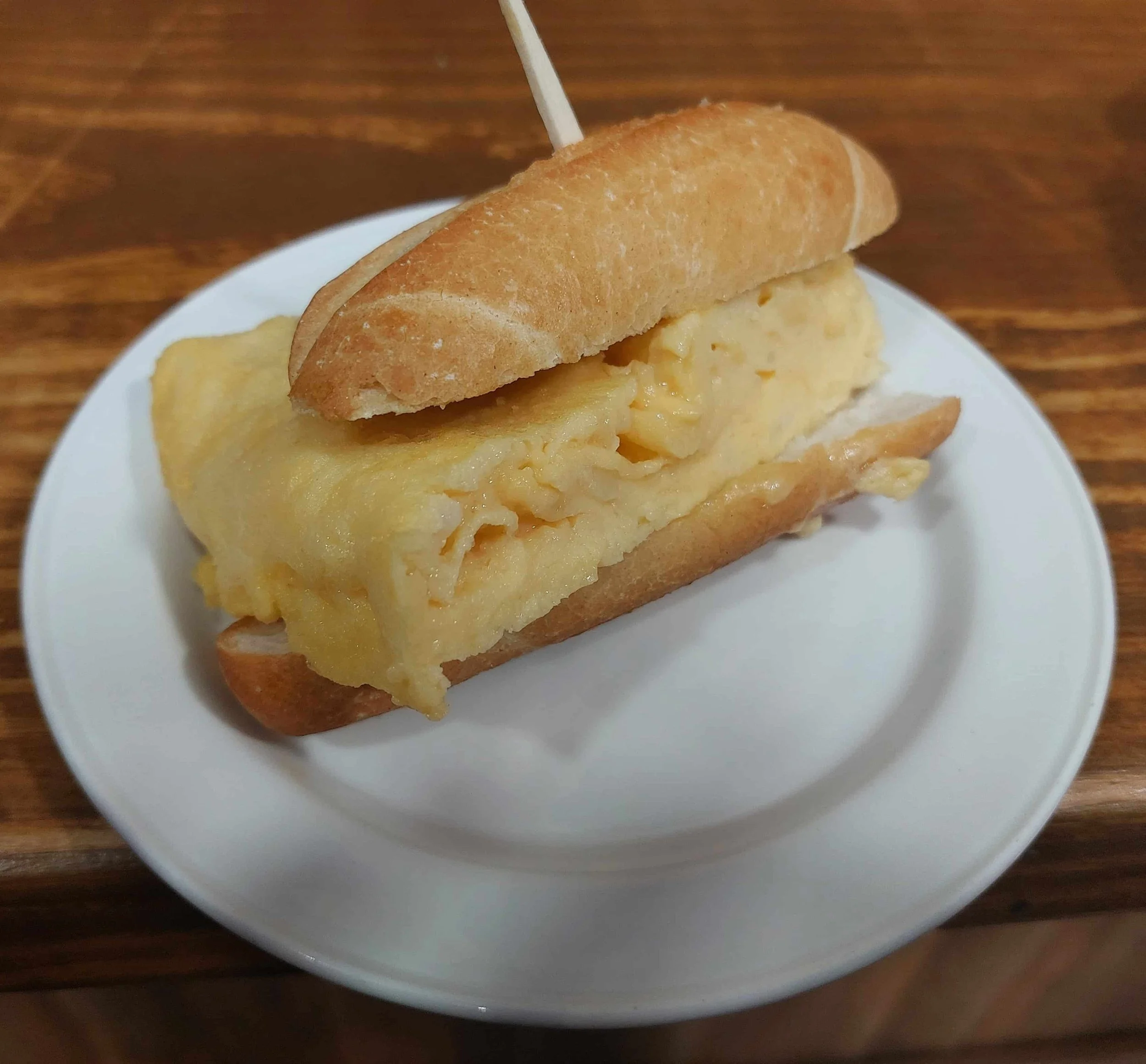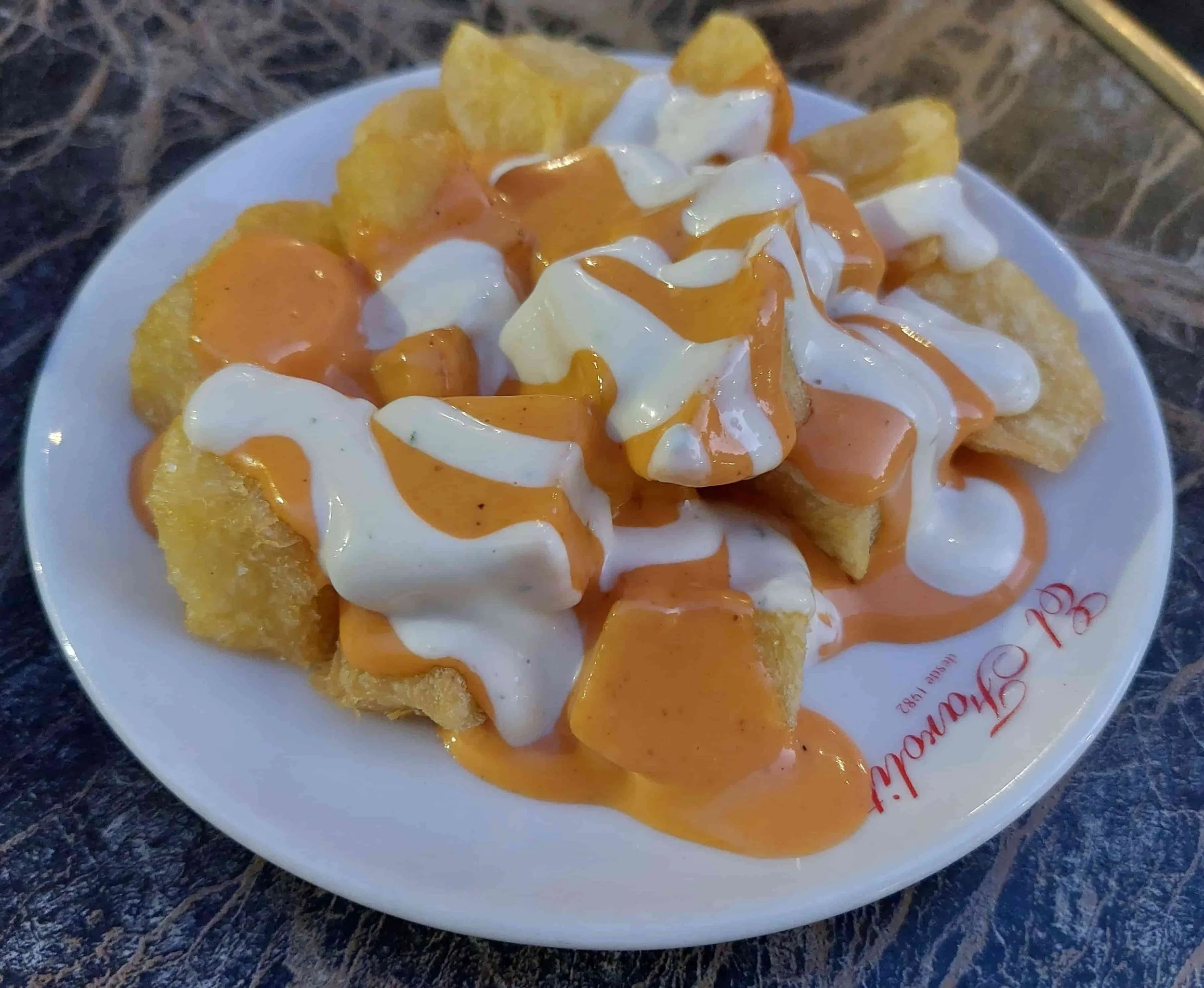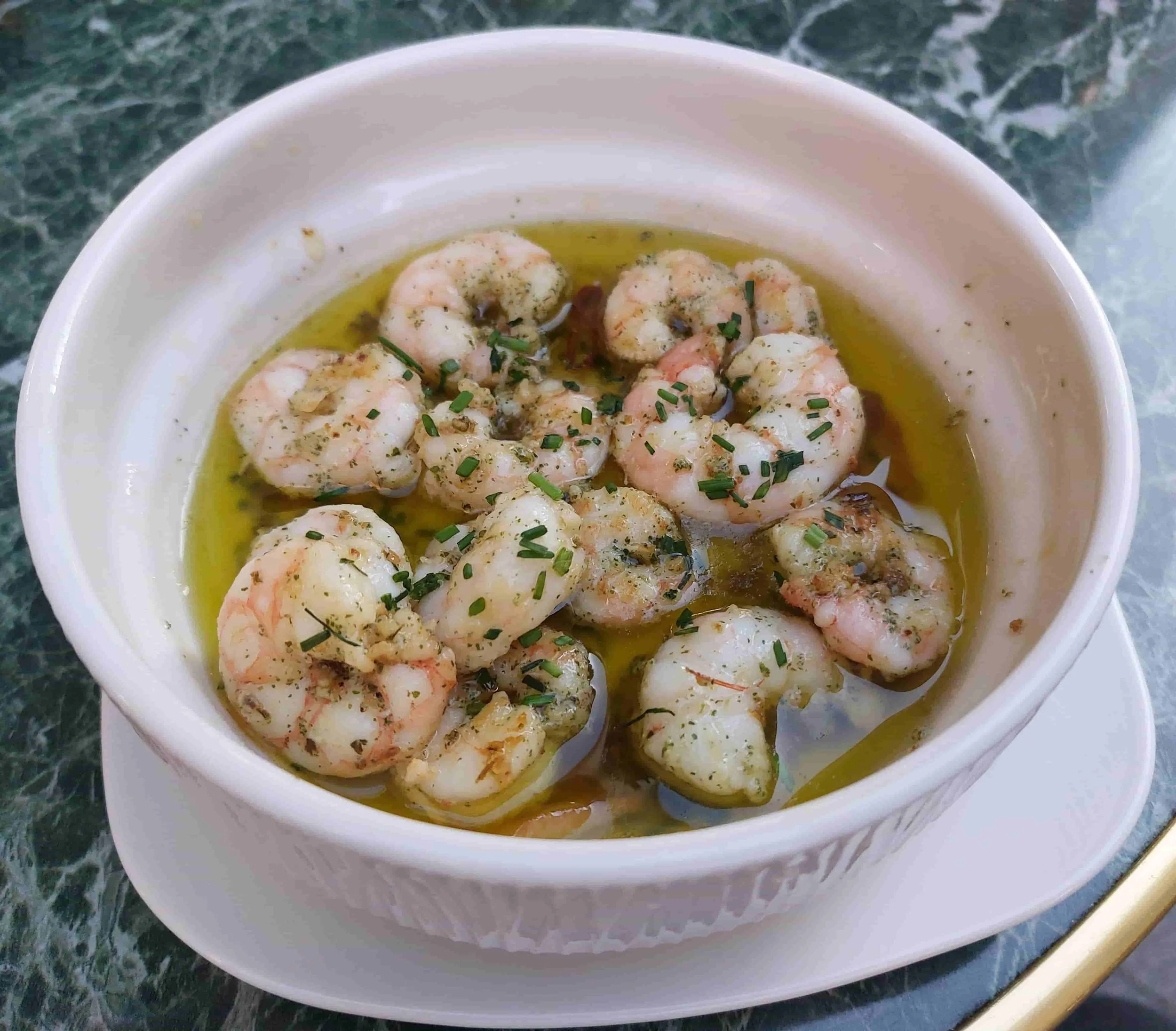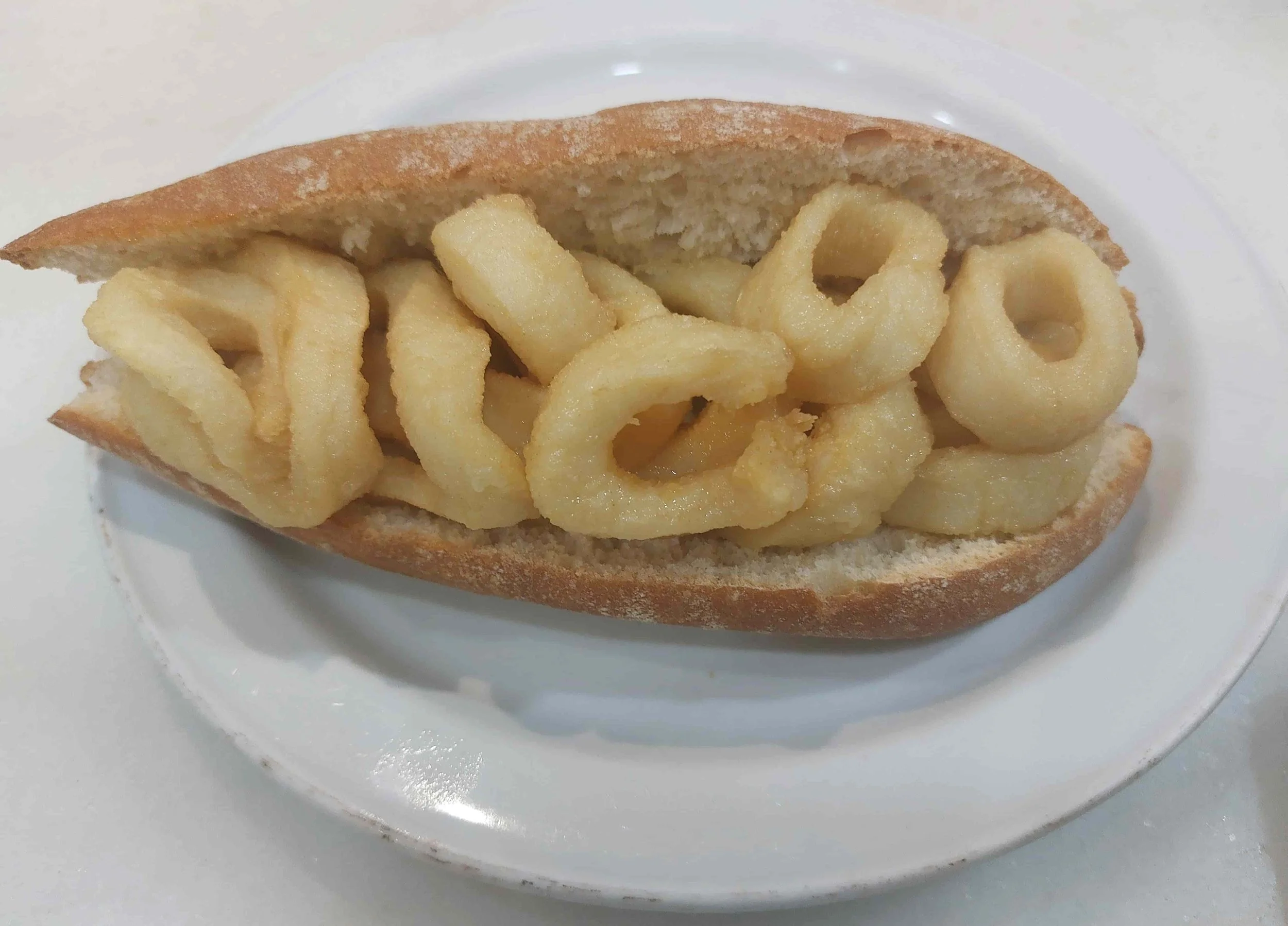must-try food Spain
our top 10 traditional Spanish foods you have to try
paella
Valencian rice
What is it?
Paella is a classic Spanish dish of saffron-flavoured rice originating from Valencia, traditionally cooked in a wide, shallow pan over an open flame. While it’s arguably Spain’s most famous food, it’s usually served for a minimum of two people, making it a shared meal rather than a single serving. Many modern versions are available these days beyond the traditional types, ranging from creative seafood or meat combinations to entirely plant-based versions. A key feature of traditional paella is the socarrat, a lightly caramelised, crispy layer of rice that forms on the bottom of the pan.
What is in it?
The original, classic version, Paella Valenciana, includes rice, chicken, rabbit, green beans, white beans, tomatoes, saffron, olive oil, and sometimes snails. Other popular versions include:
Seafood paella: prawns, mussels, clams, squid, and fish.
Mixed paella: combining meat and seafood.
Vegetable paella: a vegan-friendly option featuring seasonal vegetables and beans.
Where can I eat it?
Paella is widely available in restaurants across Spain, particularly in Valencia, its birthplace.
Vegan versions available; dairy and gluten free..
cachopo
stuffed breaded veal
What is it?
Cachopo is an Asturian speciality consisting of two large veal fillets filled with ham and cheese, then breaded and fried. Think of it as a giant schnitzel sandwich! Be warned, it’s usually very big, often served for two people to share, or for particularly big eaters. Smaller versions can occasionally be found, but not always. The one pictured I managed to eat by myself, though by the end I had severe meat sweats!
What is in it?
Veal fillets, Serrano ham, and cheese are the traditional filling, coated in flour, beaten egg, and breadcrumbs before frying. Modern variations sometimes swap in other meats or add extra fillings like mushrooms, peppers, or even seafood. It’s typically served with fries and roasted peppers on the side.
Where can I eat it?
Cachopo is especially popular in its birthplace Asturias but has spread to other parts of Spain thanks to its cult status. It’s not on every menu, but is increasingly easy to find in traditional restaurants across the country.
flamenquín
rolled breaded pork
What is it?
Flamenquín is a traditional and delicious Andalusian dish of ham (often Serrano) and cheese rolled inside pork loin, breaded, and deep-fried until crispy. Think of it as similar to a rolled cachopo or schnitzel. While it is usually served as a main course, smaller portions are occasionally offered as a tapa in bars.
What is in it?
Pork loin, Serrano ham, cheese, breadcrumbs, and eggs. Variations may include other types of cheese, cured meats, or vegetables.
What is it?
Commonly found in restaurants across Andalusia, particularly in Córdoba and Seville. Outside of that region, it is rare; however, we did try a good version in Madrid at Bar La Gloria, served with fries and Padrón peppers!
Basque cheesecake
baked cheesecake
What is it?
Also known as Basque burnt cheesecake or San Sebastián cheesecake, it differs from a typical cheesecake in that it’s crustless, giving you more cake real estate for the money! It has a gooey, creamy centre and a caramelised, nearly burnt exterior, hence the name. It’s incredibly sweet, creamy and delicious.
What is in it?
The core ingredients are cream cheese, eggs, heavy cream, sugar, flour, and salt. Vanilla is not always included in the original recipe but can be used as an optional flavouring, as can citrus zest or other extras.
Where can I eat it?
You’ll find it everywhere in San Sebastián and across the Basque Country at cafés, bakeries, and pintxo bars; in fact it’s now widely available throughout Spain and in many countries around the world. If you want the original, head to La Viña a pinxtos bar in San Sebastián’s Old Town, that’s where the first was made in 1988.
Vegetarian
gilda
the classic pintxo
What is it?
The Gilda is perhaps the most iconic of all pintxos (individual bar snacks from Spain’s Basque Country, typically served on bread or skewered with a cocktail stick). This classic version is made with just three simple ingredients skewered together: a pickled guindilla pepper, a salty anchovy, and a green olive. It’s salty, vinegary, and mildly spicy. The name comes from Rita Hayworth’s character in the 1946 film Gilda.
What is in it?
Pickled guindilla pepper
Anchovy
Green olive
Often served on a piece of bread.
Where can I eat it?
You’ll find Gildas at almost every pintxo bar across the Basque Country, from Bilbao to San Sebastián. It’s one of the most common and popular choices. We were told that the first Gilda was created at Bar Casa Vallés in San Sebastián.
Dairy & gluten free.
tortilla de patatas
potato omelette
What is it?
Tortilla de patatas, also known as Spanish omelette, is a classic dish of eggs and potatoes cooked slowly, often with added onions. It’s a staple of Spanish cuisine and is enjoyed both as a tapa on a small plate or as a pintxo, sliced and served on or in a piece of bread.
What is in it?
Potatoes, thinly sliced or diced, usually fried gently in olive oil.
Eggs, beaten and mixed with the potatoes to create a thick omelette.
Onions are sometimes added.
Variations may include ingredients like cod, chorizo, peppers, or cheese.
Where can I eat it?
Tortilla de patatas is one of the most common tapas and pintxos served all across Spain.
Vegetarian.
chipirones fritos
fried squid
What is it?
Chipirones Fritos are small squid, lightly dusted with flour and fried until crispy. Mostly served as a tapa, they’re a popular dish in coastal regions of Spain. While traditionally a tapa, in some bars you might also find them offered as a pintxo.
What is in it?
Small squid, flour for dusting, olive oil, and salt. Sometimes served with lemon wedges on the side.
Where can I eat it?
Widely available in tapas bars, especially in coastal regions of Spain.
Dairy free
patatas bravas
spicy potatoes
What is it?
Patatas Bravas are one of Spain’s most iconic and popular tapas, crispy chunks of fried potato served with a spicy tomato sauce and aioli, the classic two sauce combination
What is in it?
Potatoes, olive oil for frying, spicy tomato sauce (typically tomatoes, paprika, and chili), and aioli.
Where can I eat it?
One of the most popular tapas in Spain, you’ll have no trouble finding it at bars and restaurants across the country.
Vegetarian and gluten free.
gambas al ajillo
garlic prawns
What is it?
Gambas al Ajillo are a classic Spanish tapa of succulent prawns sautéed in a generous amount of olive oil with sliced garlic and a hint of chili.
What is in it?
Prawns, olive oil, garlic, and sometimes a touch of chili or white wine.
Where can I drink it?
Widely available in tapas bars across Spain, especially in coastal regions where fresh seafood is abundant.
Dairy and gluten free.
bocadillo de calamares
fried squid sandwich
What is it?
The Bocadillo de Calamares is a Madrid classic, a sandwich filled to the brim with crispy, fried squid rings. Despite Madrid being far from the sea, this street food is a must try and absolutely delicious. The calamari is perfectly fried, lightly seasoned, and packed into a fresh, crusty baguette.
What is in it?
Short-grain rice
Fried squid rings, crusty bread, and often a squeeze of lemon. Some versions may include aioli or paprika.
Where can I eat it?
Found in many bars and cafés around Madrid, especially near Plaza Mayor, where it’s served fresh and hot as a quick snack or light meal. Outside Madrid it’s less iconic but can still be found, particularly in some coastal regions where fresh squid is common.
Dairy free.
Ingredients listed reflect common or typical components of this dish as served in restaurants or street‑food vendors. Variations by region, season, or vendor are common. This information is provided for general reference only. If you have dietary restrictions or allergies, please verify ingredient details independently. We assume no liability for accuracy or outcomes.
